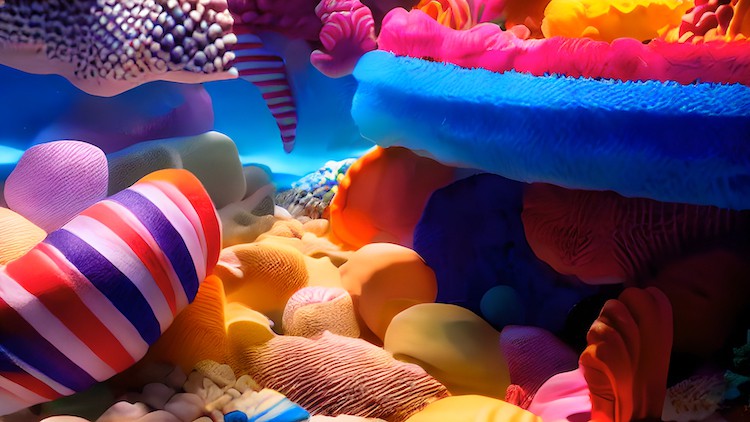
Key Concepts and Skills in Post-Photography
What you will learn
Understand and apply foundational principles of digital photography
Produce virtual photography using TwinMotion
Define strategies for producing compelling AI photography using prompts informed by the aesthetics, techniques and key concepts of photography
Develop conceptual skills and vocabulary for image making in today’s context
Explore workflows moving from 2D still imagery to AI videos
Description
Digital, Virtual and AI Photography presents a comprehensive view of computer-based methods for the production and manipulation of photographic imagery. The course is divided into three sections.
The first section on Digital Photography presents thorough coverage of the fundamental principles and techniques of digital photography, whether using a DSLR or mirrorless camera or even just your cell phone. Generative AI approaches to producing photographic images depend on knowing a lot of the technical and conceptual background of traditional photographic techniques, and so this knowledge is essential even if your ultimate goal is to make images primarily with AI.
At the same time, since we all take images with our mobile technologies, the first section will improve your everyday photography skills. And if your goals are to work with more advanced or pro level gear, such as working with DSLRs and mirrorless cameras or studio lighting equipment, the first section covers key topics in those practice areas as well.
The second section on AI Photography explores applying all of the fundamental concepts in the Digital Photography section towards effective prompt writing to produce photographic imagery using AI platforms such as DALL·E 2 and Stable Diffusion. AI prompt writing depends heavily on precise terminology to describe exact features you want the AI to work with, so this section provides a way to revisit core Digital Photography concepts in a new context.
The third section, Virtual Photography, covers the use of real-time rendering environments that can produce photorealistic imagery in HD and UHD (4k). We will use TwinMotion which is a free, easy-to-learn architectural visualization tool based on Unreal Engine, to output photorealistic still images based on real-world scans of textures and environments.
Content